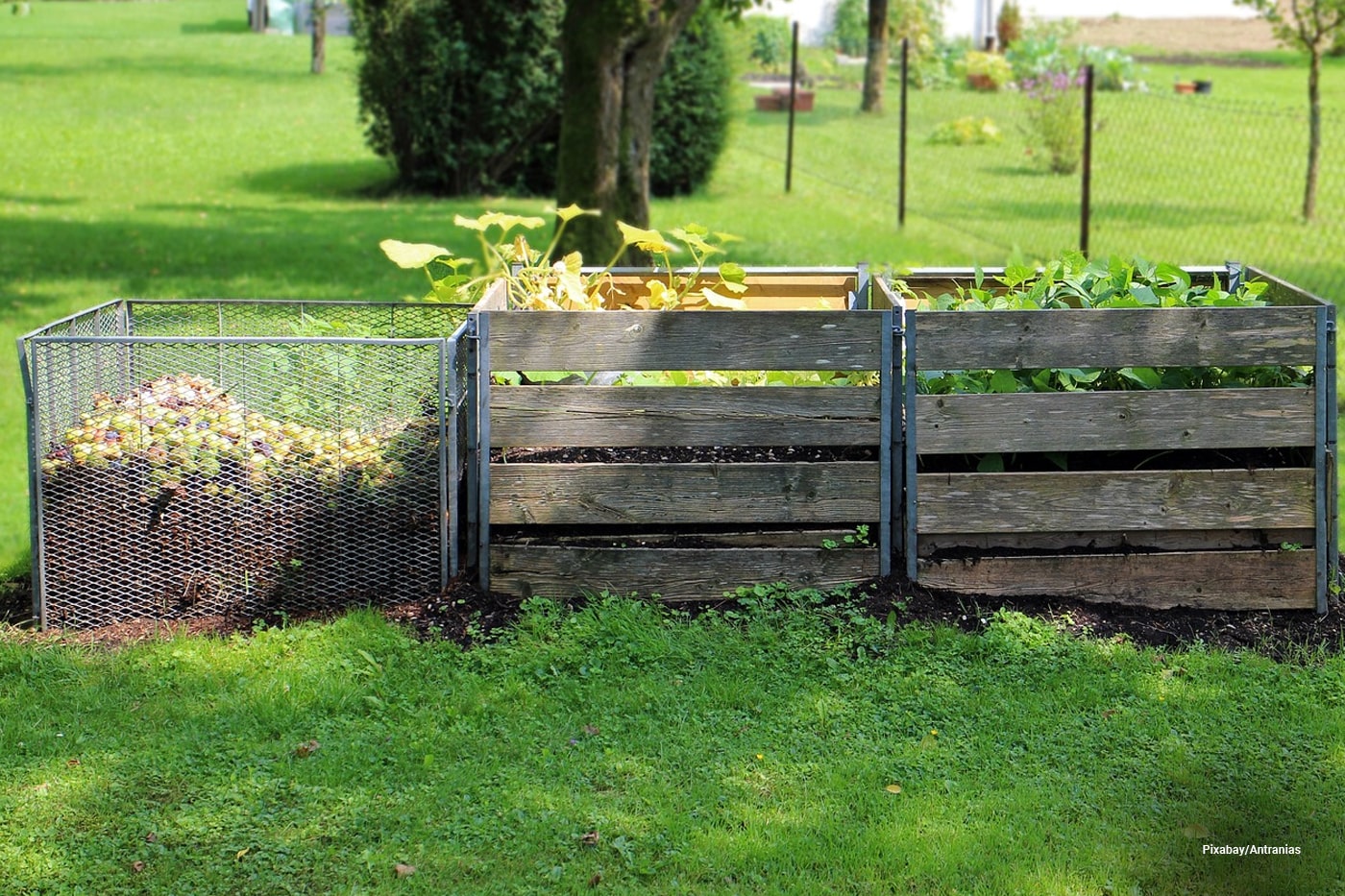Fall is a perfect time to get involved in DIY garden projects that not only enhance your garden’s productivity but also prepare it for the colder months ahead. For fun and practical DIY projects to improve your fall garden, consider creating raised garden beds for better soil management, planting bulbs for spring blooms, or setting up a compost area to enrich your soil.
Additionally, you could explore decorative elements like garden signs or DIY trellises to enhance aesthetics. Engaging kids in DIY projects can also add an educational component to your gardening experience.
Contents []
Fall Garden DIY Ideas

Here are some fun and practical ideas, from compost bins to cold frames:
1. DIY Compost Bin
Composting is a fantastic way to recycle organic waste and create rich soil for your garden. Building your own compost bin can be a simple and cost-effective project.
- Materials: Pallets, wire mesh, wooden planks, or plastic bins.
-
Steps:
- Find a sunny spot in your yard.
- Use wood pallets or planks to create a square or circular frame.
- Leave gaps for airflow but ensure it’s secure enough to keep animals out.
- Start layering with garden waste, food scraps, and leaves.
- Tips: Turn the pile regularly to help it decompose faster.
2. Cold Frame
A cold frame allows you to extend your growing season by protecting plants from frost. It’s perfect for fall and winter gardening.
- Materials: Old windows, wooden planks, screws, and hinges.
-
Steps:
- Build a box using the wooden planks (ensure the back is taller than the front to allow sunlight to hit the plants).
- Attach an old window or clear plastic lid on top with hinges.
- Place the cold frame in a sunny spot.
- Uses: Cold frames are great for starting seeds or growing cold-hardy greens like lettuce, spinach, and kale.
3. Leaf Mold Bin
Fallen leaves in autumn can be used to make leaf mold, a rich and crumbly soil conditioner. Creating a dedicated leaf mold bin is an easy project.
- Materials: Chicken wire or wire mesh, wooden stakes.
-
Steps:
- Set up stakes in a circle or square shape in a corner of your garden.
- Wrap the stakes with chicken wire to create a bin.
- Fill the bin with fallen leaves and let them decompose over time.
- Benefits: Leaf mold improves soil structure and water retention.
4. Raised Garden Beds

Raised beds help with drainage and are easier to manage in the fall when the soil can become compact.
- Materials: Wooden planks, nails or screws, soil.
-
Steps:
- Choose a sunny location.
- Build a frame from wooden planks.
- Fill the bed with high-quality garden soil or compost.
- Plant cool-season crops like carrots, beets, and garlic.
5. DIY Mushroom Growing Area
Fall is an ideal time to set up a space for growing mushrooms. You can create a designated spot for growing varieties like Lion’s Mane.
- Materials: Logs, mushroom spawn, wax.
-
Steps:
- Drill holes in the logs.
- Insert mushroom spawn into the holes.
- Seal with wax to protect from contaminants.
- Place the logs in a shady, damp spot.
- Harvest: Depending on the variety, you may start seeing mushrooms in a few months.
6. Garden Tool Organizer
With garden tasks winding down in fall, it’s a great time to organize your tools. Create a storage space in your shed or garage.
- Materials: Pallets, hooks, and nails.
-
Steps:
- Mount a pallet on the wall.
- Use hooks or nails to hang tools like rakes, shovels, and pruning shears.
- Benefits: Keeps everything in one place and makes spring prep easier.
7. Rain Barrel System

Capture fall rains by installing a DIY rain barrel system to collect water for your garden.
- Materials: Large barrel, spigot, mesh screen, and downspout.
-
Steps:
- Attach the barrel to your downspout to collect runoff.
- Install a spigot at the bottom for easy access to water.
- Use a mesh screen to keep debris and mosquitoes out.
- Benefits: Saves on water bills and provides an eco-friendly way to hydrate your garden.
8. Mulching Pathways
Mulching pathways in your garden reduces weed growth and protects your soil.
- Materials: Wood chips, leaves, straw.
-
Steps:
- Lay down a weed barrier or cardboard over the pathways.
- Spread a thick layer of mulch on top.
- Benefits: Prevents weeds and keeps garden paths clean and dry.
9. Build a Bird Feeder

Invite birds into your garden to help with pest control. A simple DIY bird feeder can bring nature closer.
- Materials: Pinecones, peanut butter, birdseed, string.
-
Steps:
- Spread peanut butter on pinecones.
- Roll the pinecones in birdseed.
- Hang them from trees using string.
- Benefits: Attracts birds that will help control pests naturally.
10. Cover Crop Planting
Planting cover crops in fall helps improve soil health and prevents erosion during winter.
- Types of Cover Crops: Clover, rye, or vetch.
-
Steps:
- After clearing your garden beds, spread cover crop seeds.
- Water the seeds to establish growth before frost hits.
- Benefits: Adds organic matter to the soil and protects against weed growth.
These DIY projects will keep your garden thriving well into the colder months and prepare you for a productive growing season next spring.



